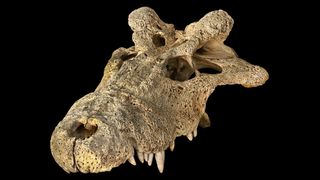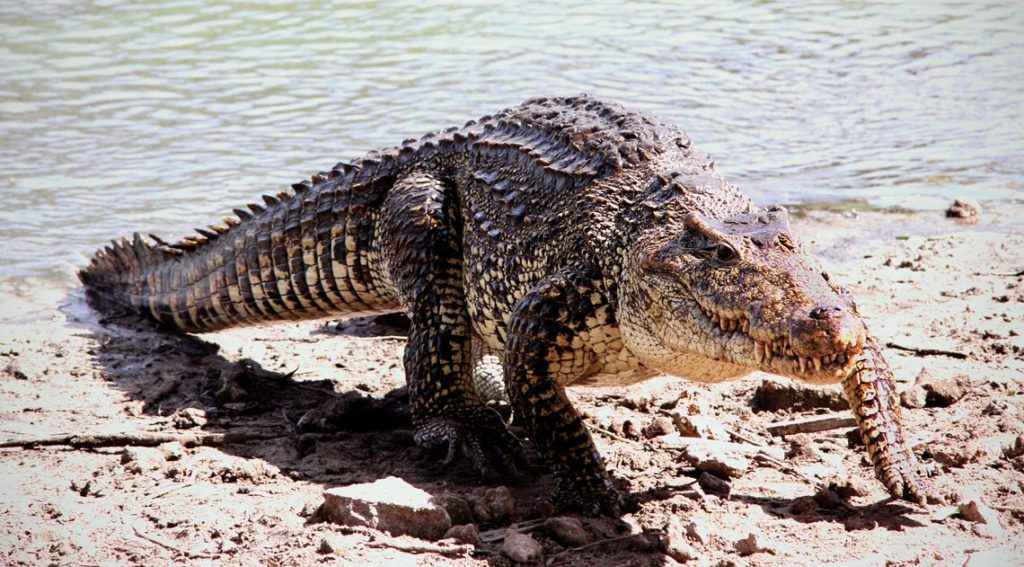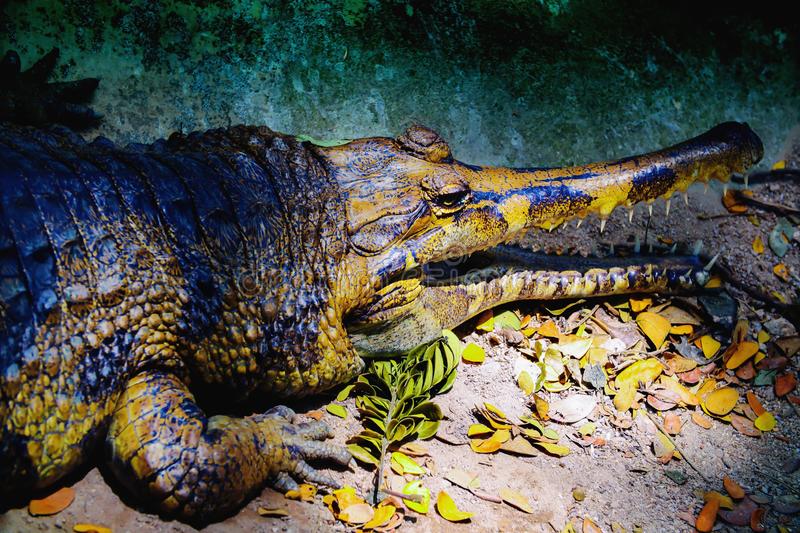Mystery of extinct horned crocodile solved after 150 years of controversy.
They likely lived alongside humans in Madagascar before they were wiped out.
The following written content by Harry Baker

After almost 150 years of controversy, scientists have finally solved the classification mystery surrounding the extinct horned crocodile and determined exactly where this cryptic croc belongs on the tree of life.
The extinct horned crocodiles (Voay robustus) were endemic to Madagascar as far back as 9,000 years ago and lived as recently as 1,300 to 1,400 years ago, according to fossil evidence. First discovered in 1872, the beasts are named for the distinctive horns on their skulls. Since their discovery, they have been classified in several different families, confused for other species and given several different names, with no clear evolutionary origin of their own.
In the new study, researchers from the American Museum of Natural History (AMNH) in New York City used DNA analysis to shed light on these ambiguous reptiles and determine whether they belong to their own unique group.
“The DNA tells a different story,” lead author Evon Hekkala, an AMNH associate at Fordham University in New York, told Live Science. “It tells us over and over again that appearances can be deceiving.”

Complicated history
Madagascar is currently home to Nile crocodiles (Crocodylus niloticus), which are invasive to the island nation. The earliest evidence of Nile crocodiles in Madagascar is 300 years old, but Malagasy tales suggest that they may have migrated there much earlier and lived alongside horned crocodiles, Hekkala said.
Horned crocodiles were not particularly large crocs, but their heavyset skulls suggest they were likely a’robust,a’ which led to their species name robustus, Hekkala said. “We don’t have any complete skeletons, but they weren’t spectacularly long,” Hekkala said. “Based on the size of their skulls, they were likely similar in overall size to Nile crocodiles.”
A number of other larger animals — including giant tortoises, elephant birds, dwarf hippos and several lemurs — also went extinct on the island around the same time as horned crocodiles did, but it is unclear what caused their demise, according to an AMNH statement. Read more from LIve Science.





